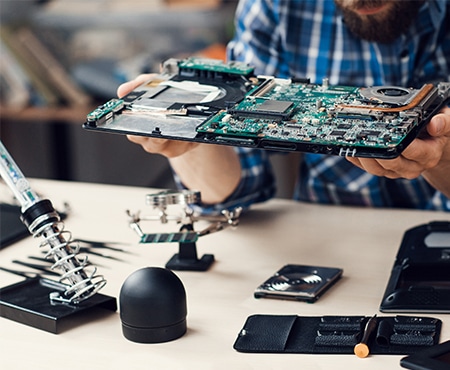PRE-PURCHASE BUYING GUIDE
Your resource to identifying the right printer for your needs.
POST-PURCHASE RESOURCES
Tips from our Experts to keep your printer up & running.
Top Selling Printer Supplies & Accessories
Additional Support For You & Your Printer
Staples is here for you with warranties, Tech Help Plus, and an easy recycling program.








































































![Canon PIXMA TR160 Wireless Color Portable Print Only Inkjet Printer, Best for Home Office (7069C002[AA])~#|#~82AC411A-A188-4A0C-9C78A70A5DF84525_sc7](https://www.staples-3p.com/s7/is/image/Staples/82AC411A-A188-4A0C-9C78A70A5DF84525_sc7?wid=160&hei=160)

